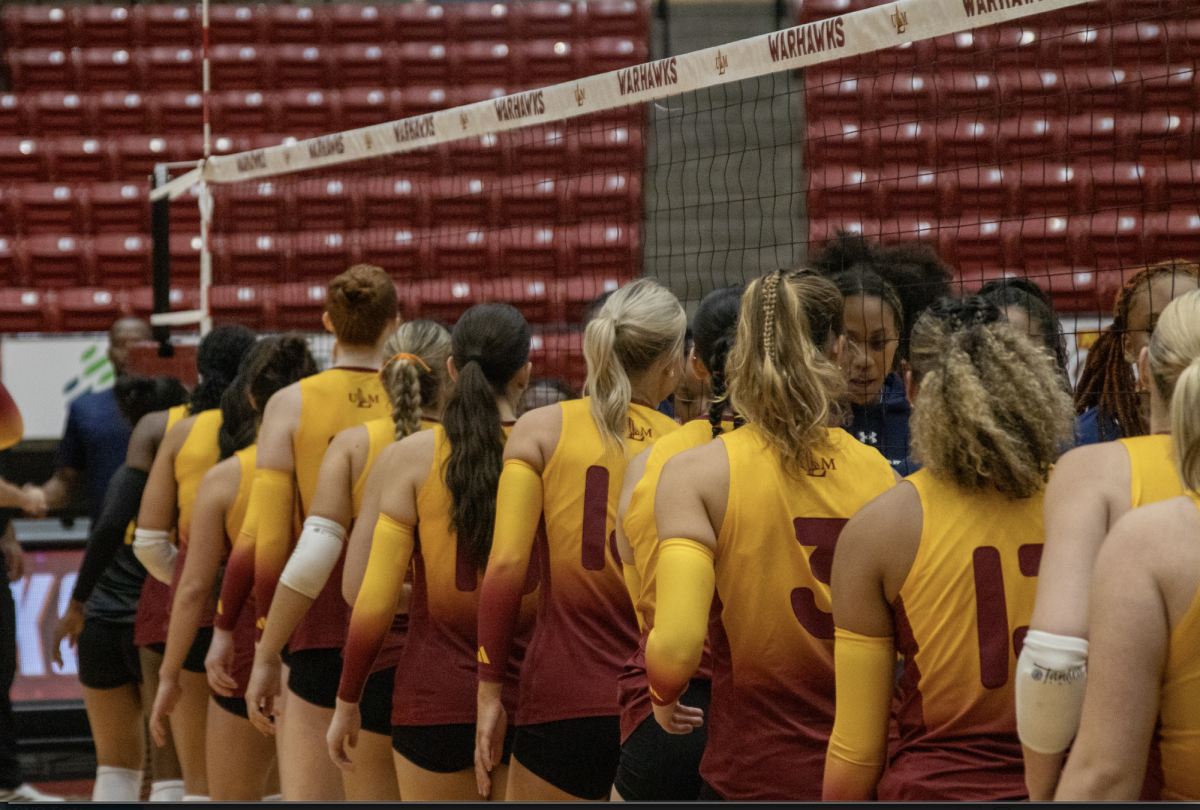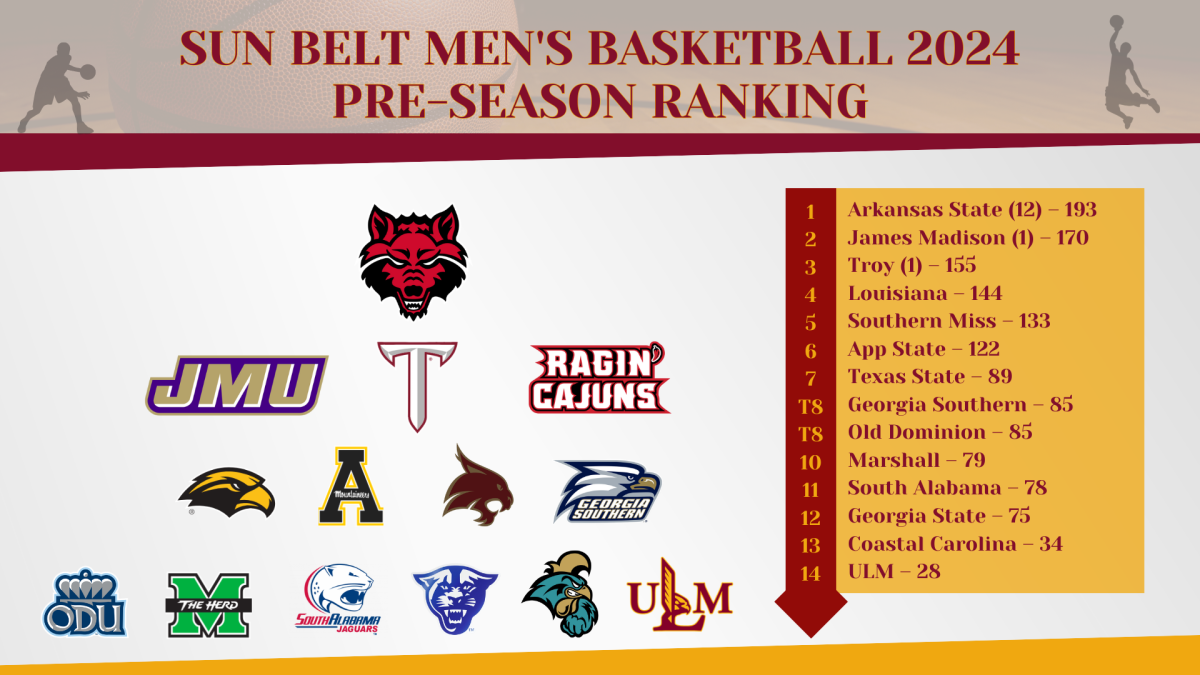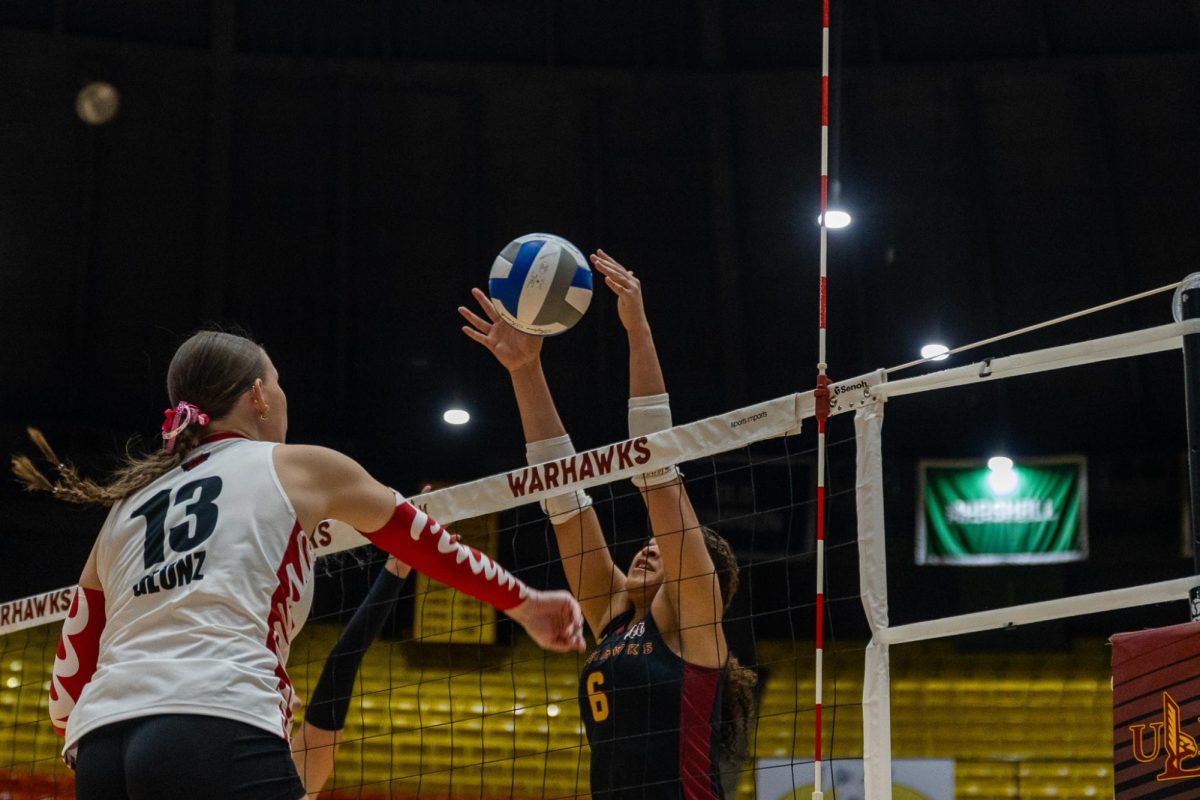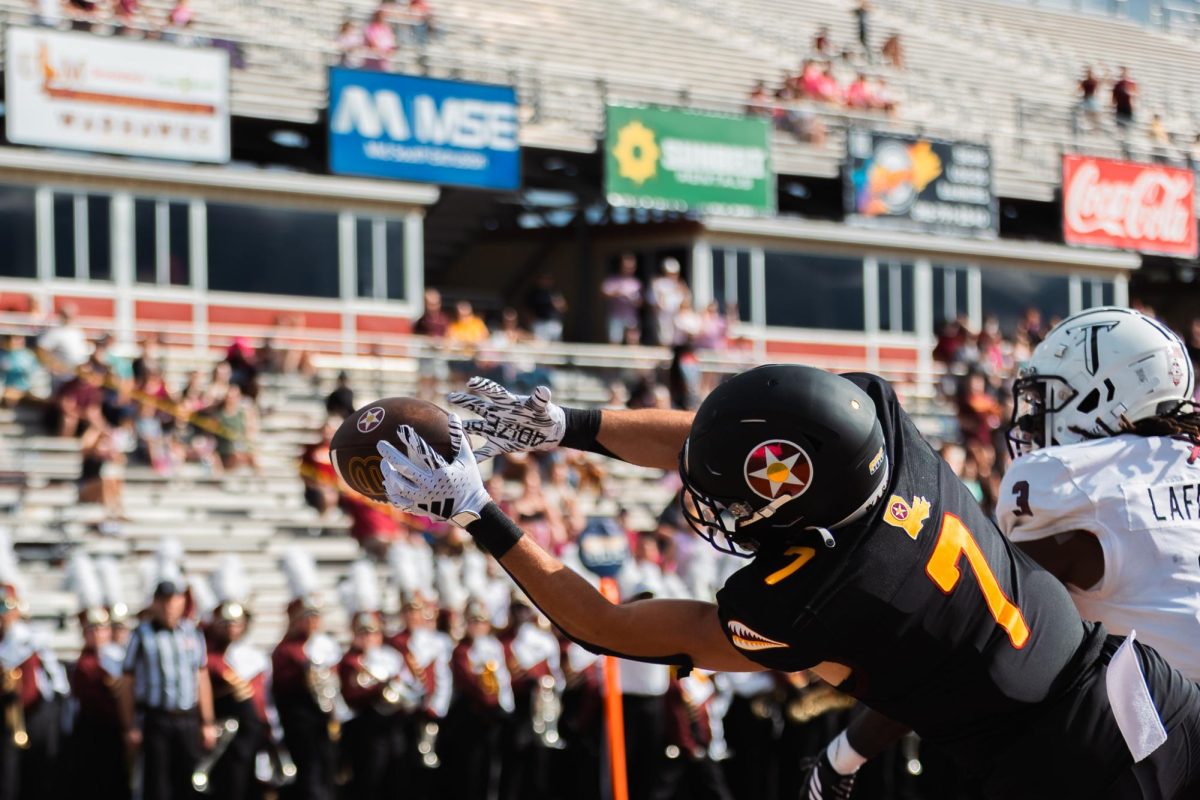As someone who frequently talks about ULM athletics, I often get asked if we have a men’s soccer team. Hearing that question enough, I started wondering why ULM doesn’t have a men’s soccer program. After all, wouldn’t a Bayou Derby against Lafayette be fun?
So I sought out the one person I knew would have all the answers: Director of Athletics John Hartwell. After peeking behind the curtains of the world of college athletics, I realized that adding a sport can be a real hassle, and sometimes it’s better to root for the teams we have than to wish for teams we don’t.
Hartwell brought up some reasons why new sports aren’t really on anyone’s radar over at Malone Stadium. His first point, and it’s a pretty big point, boils down to the cost of funding a new program.
“Any time you add a sport, you add additional expenditures,” Hartwell said. “And quite frankly, most of the sports that can generate significant revenue, we already have.”
In a sense, ULM doesn’t have much of a financial obligation to expand its athletic portfolio to add any new teams.
We already have big-name sports like football, baseball and basketball, so while a new sport would be nice, there isn’t one that would skyrocket us in terms of ticket sales.
His second point focused on Title IX and the red tape of providing a disproportionate amount of scholarships to male athletes versus female athletes.
Even if ULM could support an additional program that generated a ton of revenue, if it creates an imbalance in scholarships from a sex-based perspective, it’s automatically put on the back burner. A solution would be to add a women’s sport, but you’re back to square one: money. Now the issue becomes funding two entire programs when the goal was to add only one.
While not always a huge expense for smaller, more geographic conferences, another detail is travel.
If the sport you want isn’t played in your local area, then you have to pay a pretty penny in travel costs just to compete. Hartwell gave the example of Arizona State men’s ice hockey.
“You talk about an outlier. They have to travel across the country often to Minnesota or Wisconsin to play,” Hartwell said.
For something like Sun Belt men’s soccer, ULM would have to travel to the east for every single conference match, the closest being Georgia State, and the furthest being James Madison. With that level of travel, not only does it put a financial strain on the university, but it also puts a strain on the student-athletes who must give up class time to play.
Throughout my conversation with Hartwell, he reinforced his mission statement with ULM.
“I want to make sure that we’re a fine-tuned machine in terms of athletics and athletics administration for the sports that we currently sponsor before taking on larger duties,” Hartwell said.
I share Hartwell’s logic that no matter how enticing a new sport would be, adding a team would drive focus away from the athletic programs we already have.
The second half of our conversation focused on how the athletics department plans to improve current ULM athletic programs rather than adding a new team. By not trying to fund something new like a men’s soccer team or women’s field hockey, the department has been looking at upgrading big revenue facilities like Fant-Ewing with shiny new technology.
One of the proposed additions is a video board, which, unlike a new team, would serve multiple purposes and gather revenue.
Hartwell joked with me about athletics and how only a few things matter.
“Success in athletics comes down to two things: dollars and cents,” Hartwell said. And I’m starting to see where he’s coming from.
Instead of funneling money into a team that may not set any attendance records or sell out a ticket office, it’s better to enhance what ULM already has and grow support from there.








